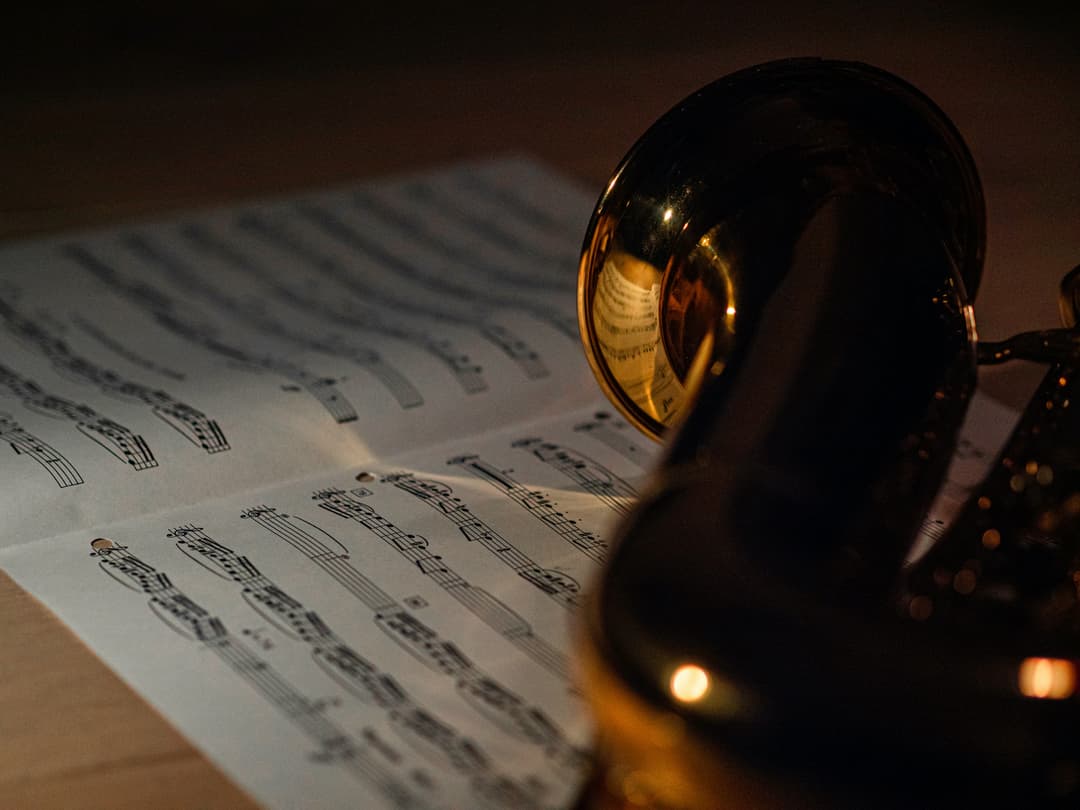Exploring the Basics of Solfege Syllables in Music Theory

July 3, 2024
Solfege syllables are more than just a musical concept; they are a fundamental tool for developing a keen musical ear. This system, used worldwide, is crucial for musicians to internalize pitches and enhance their musical abilities. In this article, we will explore how solfege syllables, including chromatic and minor variants, can transform your auditory skills and overall musical performance.
Understanding the Basics of Solfege Syllables
Solfege syllables form the foundation of musical learning in many educational systems. Each syllable—Do, Re, Mi, Fa, Sol, La, Ti, and back to Do in an octave higher—corresponds to a specific pitch in a scale, providing a mnemonic device that helps musicians recall and perform musical notes accurately. By practicing these syllables, musicians can improve their ability to pitch notes correctly without relying on an instrument.
Advantages of Chromatic Solfege Syllables
While the diatonic solfege syllables cover the major scale, chromatic solfege syllables fill in the semitones, which are essential for playing in all twelve keys. This includes syllables like Fi (sharp Fa) or Se (flat Sol), which are crucial for understanding and navigating the chromatic scale. Incorporating chromatic solfege into practice sessions allows musicians to develop a more flexible and comprehensive ear, capable of recognizing and reproducing a wider array of pitches.
Exploring Minor Solfege Syllables
Minor solfege syllables adjust the standard Do-Re-Mi framework to fit minor scales, which are pivotal for performing a vast repertoire of music. For instance, in the natural minor scale, the syllables change to: La, Ti, Do, Re, Mi, Fa, Sol, La. Training in minor solfege helps musicians internalize the emotional depth and varied tonalities of minor keys, enhancing their interpretative skills and musical expression.
Solfege syllables are indispensable for any musician aiming to refine their aural skills. They provide a structured approach to understanding and memorizing musical pitches, both in major and minor keys. By integrating solfege into your practice, you can develop a more attuned and versatile musical ear.
What are the 12 solfège syllables?
The 12 solfège syllables, which include both the natural and altered notes in the chromatic scale, are: Do, Di, Re, Ri, Mi, Fa, Fi, Sol, Si, La, Li, Ti, and Do.
What are the 7 syllables of solfège?
The 7 primary solfège syllables that correspond to the major scale are: Do, Re, Mi, Fa, Sol, La, Ti.
What are the 8 solfège syllables?
While typically there are 7 syllables, some systems extend to 8 by repeating Do at the beginning and end of the scale, acknowledging the octave.
What are all the solfa syllables?
All solfa syllables include Do, Re, Mi, Fa, Sol, La, Ti for the diatonic scale, and chromatic alterations such as Di, Ri, Fi, Si, Li for a full chromatic scale.

